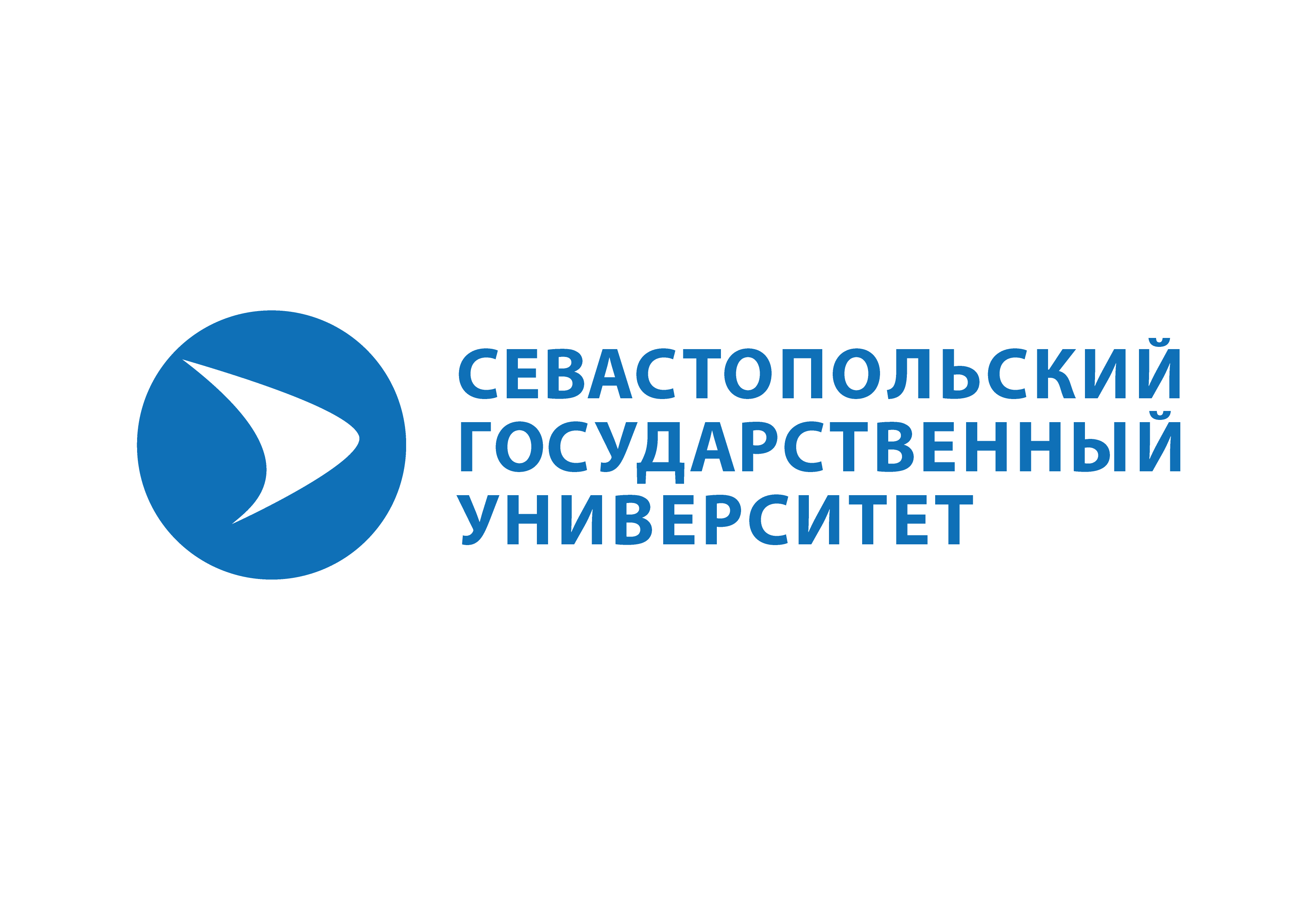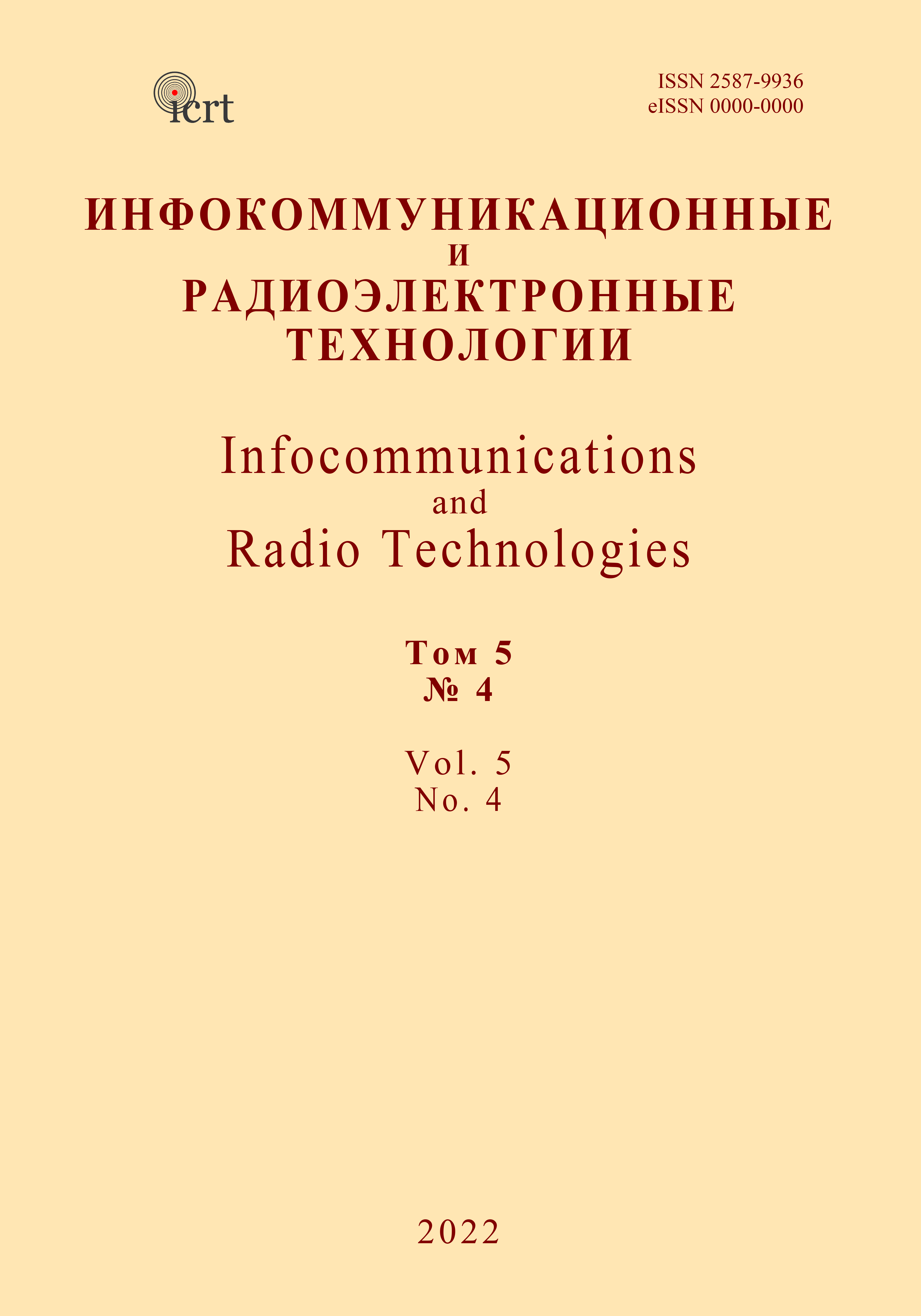employee from 01.01.1985 until now
Sevastopol, Russian Federation
Sevastopol, Sevastopol, Russian Federation
Sevastopol, Sevastopol, Russian Federation
Sevastopol, Sevastopol, Russian Federation
New approach to wireless power transfer for electrical vehicles battery charging is discussed in a paper. The system of power transfer consists of generating unit with VSWR meter, two electromagnetic structures, and rectifying unit. Electromagnetic structure which is represented as microstrip device does not emit electromagnetic energy at its stand alone position. When electromagnetic structures approach each other ones are transformed into alone directional coupler; and effective power transfer takes place. System simulation in AWR design environment was carried out at different mutual arrangements of microstrip units. It was shown the power loss did not exceed 1 dB in a wide range between system parts and its mutual arrangements. Experimental model of system for power transfer was made and experimental study was carried out. Experimental and simulation results are well agreed. The reasonable system size and weight are well situated for its use for battery charging of electrical vehicle.
wireless power transmission, directional couplers, coupling circuits, electromagnetic coupling, voltage-controlled oscillators
1. G. Comodi, F. Caresana, D. Salvi, L. Pelagalli, and M. Lorenzetti, “Local promotion of electric mobility in cities: Guidelines and real application case in Italy,” Energy, vol. 95, pp. 494-503, Jan. 2016, doi:https://doi.org/10.1016/j.energy.2015.12.038.
2. Goodbye wires! MIT team experimentally demonstrates wireless power transfer, potentially useful for powering laptops, cell phones without cords. URL: http://news.mit.edu/2007/wireless-0607.
3. “Efficient wireless non-radiative mid-range energy transfer,” Annals of Physics, vol. 323, no. 1, pp. 34-48, Jan. 2008, doi:https://doi.org/10.1016/j.aop.2007.04.017.
4. A. Kurs, A. Karalis, R. Moffatt, J. D. Joannopoulos, P. Fisher, and M. Soljacic, “Wireless Power Transfer via Strongly Coupled Magnetic Resonances,” Science, vol. 317, no. 5834, pp. 83-86, Jul. 2007, doi:https://doi.org/10.1126/science.1143254.
5. D. H. Tran, V. B. Vu, and W. Choi, “Design of a High-Efficiency Wireless Power Transfer System With Intermediate Coils for the On-Board Chargers of Electric Vehicles,” IEEE Transactions on Power Electronics, vol. 33, no. 1, pp. 175-187, Jan. 2018, doi:https://doi.org/10.1109/tpel.2017.2662067.
6. IEEE Std C95.1-2005 IEEE Standard for Safety Levels with Respect to Human Exposure to Radio Frequency, Electromagnetic Fields, 3 kHz to 300 GHz. Piscataway: IEEE, 2006.
7. Guidelines for Automotive Aftermarket Qi / Chargers The Wireless Power Consortium. 2012.
8. Global Qi Standard Powers Up Wireless Charging, URL: https://www.prnewswire.com/news-releases/global-qi-standard-powers-up-wireless-charging-102043348.html.
9. I. B. Shirokov, “The method of wireless high-frequency transmission of electrical energy,” Russian patent no. 2704602, IPC H02J 50/00, H02J 50/90, H01Q 7/08, publ. 30.10.2019, bul. no. 31. (In Russ.).
10. E. I. Shirokova, A. A. Azarov and I. B. Shirokov “The Study of Operation of the System of Wireless Energy Transfer at Real Conditions,” 2020 IEEE Conference of Russian Young Researchers in Electrical and Electronic Engineering (EIConRus), St. Petersburg and Moscow, Russia, 2020, pp. 1306-1310.
11. I. B. Shirokov, A. A. Azarov, E. I. Shirokova and I. V. Serdyuk, “Increasing the Efficiency of Wireless Power Transfer System,” 2020 7th All-Russian Microwave Conference (RMC), Moscow, Russia, 2020, pp. 147-150.
12. I. B. Shirokov, A. A. Azarov, I. V. Serdyuk, and E. I. Shirokova, “A method for ensuring the maximum transfer coefficient of high-frequency transmission of electrical energy when changing the distance between microstrip structures within certain limits,” Patent no. 2740957, Russia, IPC H02J 50/00, H02J 50/20. Pub, 22.01.2021, bul. no. 3. (In Russ.).











